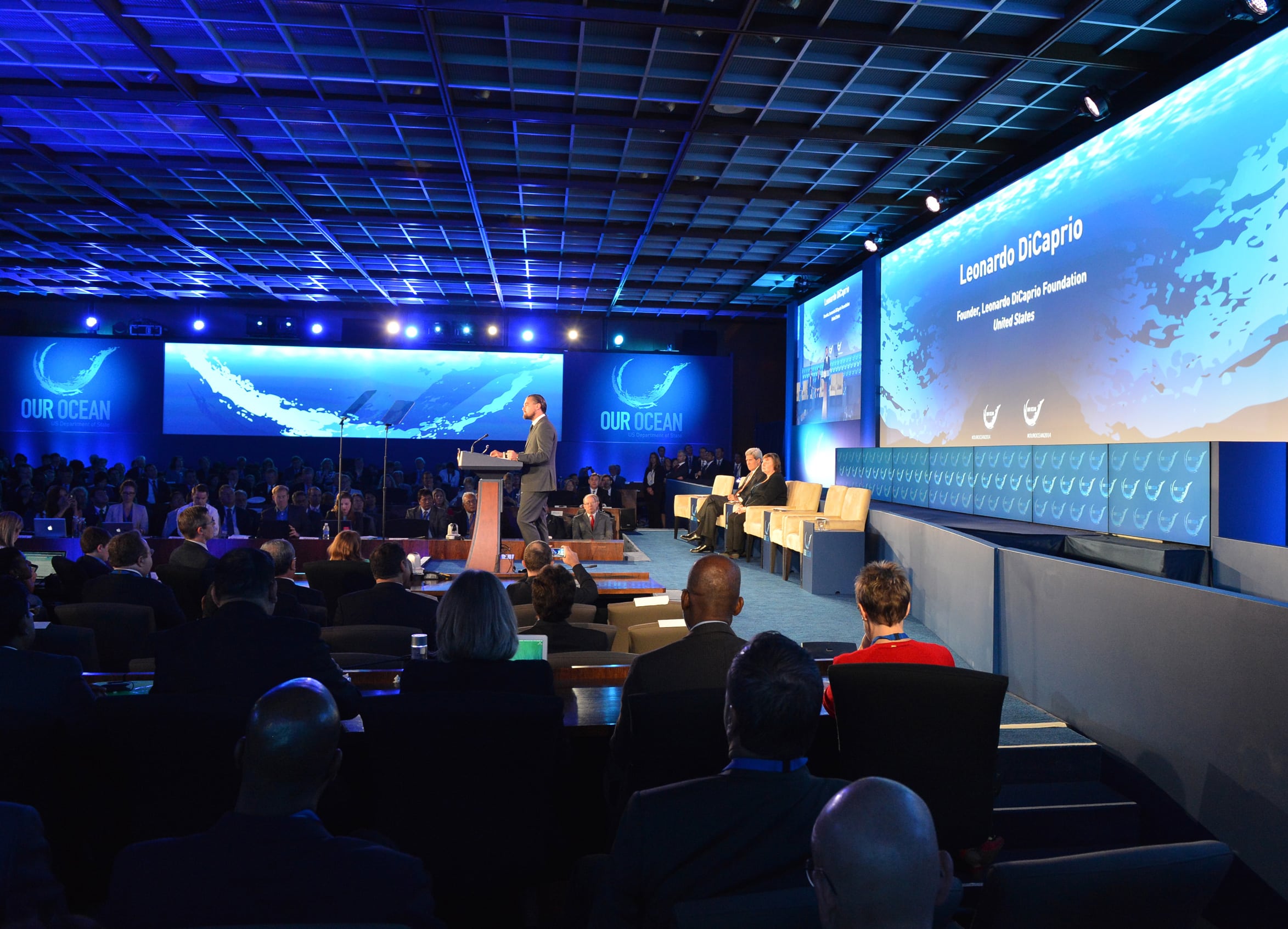 Think of how often this happens: a major crime, disaster response, or political event takes place - and
you’re watching the press conference. The speaker takes questions, and you can hear the answer, but
not the question! It’s also unclear who is holding the press conference. And then there’s the ever
popular, “let’s let every news outlet put their branded microphone on the lectern!”
Think of how often this happens: a major crime, disaster response, or political event takes place - and
you’re watching the press conference. The speaker takes questions, and you can hear the answer, but
not the question! It’s also unclear who is holding the press conference. And then there’s the ever
popular, “let’s let every news outlet put their branded microphone on the lectern!”
You can do better.
The following four steps will elevate your press conference to a professional level that gets your message out effectively. Let’s examine optics. It is important to consider the appearance of a televised press conference.
- Use a “TV friendly” backdrop.
This is an opportunity to brand and to provide a clear identity. Whether you’re a law enforcement agency, a corporation, a government agency, or a political party, it is key to consider a branded backdrop, also known as a “step and repeat.” This is simply a backdrop with a repeating logo that will remain visible, irrespective of the height of the speaker(s). Use a non- reflective matte surface that does not create glare for the cameras. It should either be securely framed, or at a minimum pulled taut to avoid wrinkles. Use solid colors because patterns appear unusual and distracting on TV. To further brand your subjects, you can also use multiple flanking flags (with the addition of flag spreaders to create a more uniform appearance), and podium seals and signage. - Pay attention to lighting.
Still cameras and TV cameras have come a long way, and do not require the amount of lighting as they have historically. But lighting remains critical to ensure all subjects are lit in a flattering way and are not creating shadows. Ideally, use basic lighting fixtures to not just light your speaker from the front, but also light from behind onto the individuals head and shoulders so as to create separation from the backdrop. Also consider using uplighting on the backdrop itself to Provide depth separation. - Use the correct audio tools.
Audio is a critical element to a successful press conference that is too often done poorly. Simple steps can go a long way, such as providing an audio press “mult” to the media – this provides a multitude of ports that they can plug into, to get a clean audio program feed to share with their news agencies. This step avoids having as many as fifteen separate microphones crowding the lectern. When taking questions from the media, position microphones on stands in the crowd, or provide wireless microphones to handlers who can run mics to those wanting to ask a question. These simple steps will ensure the television audience at home can hear the question. - Carefully construct the staging.
If your speaker(s) will be addressing the audience from a stage, you should provide a press riser that is ideally the same height as the main stage. If the speaker(s) are speaking from ground level, then a press riser is not required, unless your press attendance won’t be able to fit on one level. Press risers also must be secured in a way that that they will not shake, because poorly constructed risers will cause the television image to shake as members of the media mount and dismount. Safety railing, stairs, and bracing are all important elements for staging.
Follow these simple practices - and not only will you look like a pro, but your audience will receive your message clearly and efficiently.
